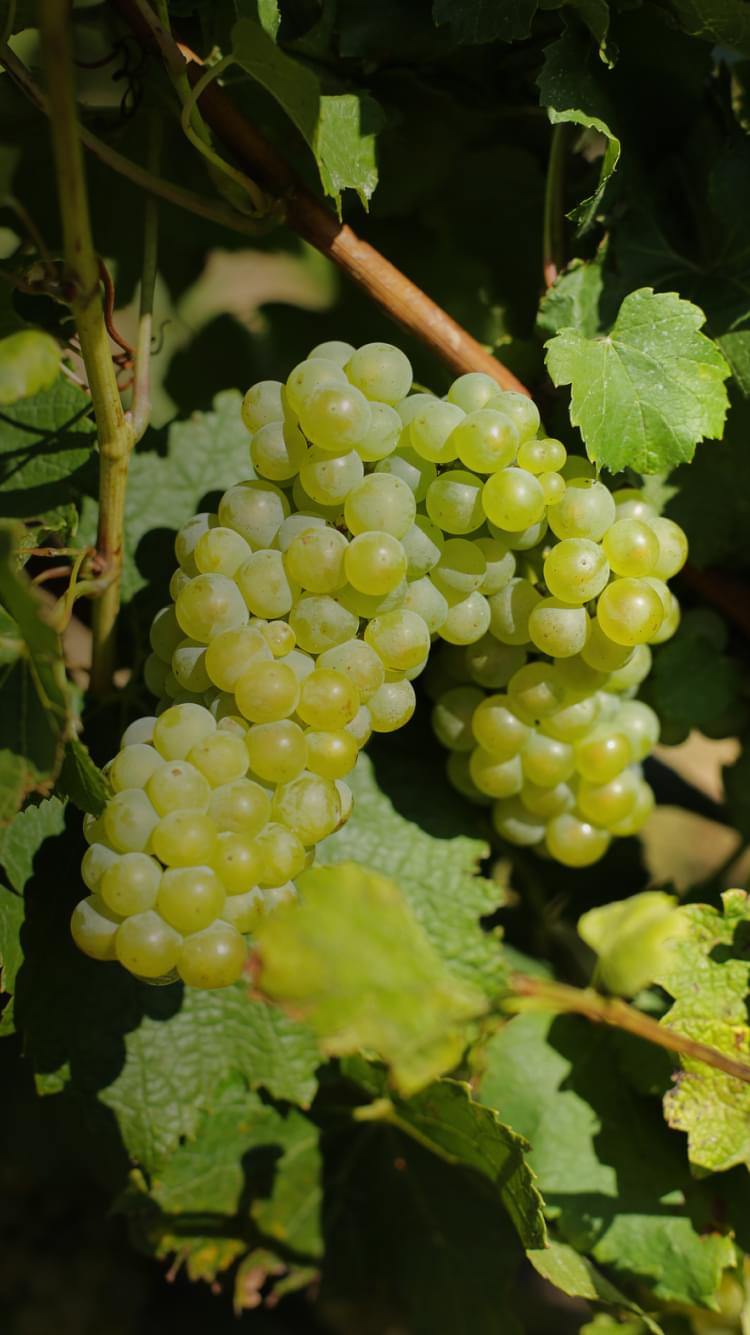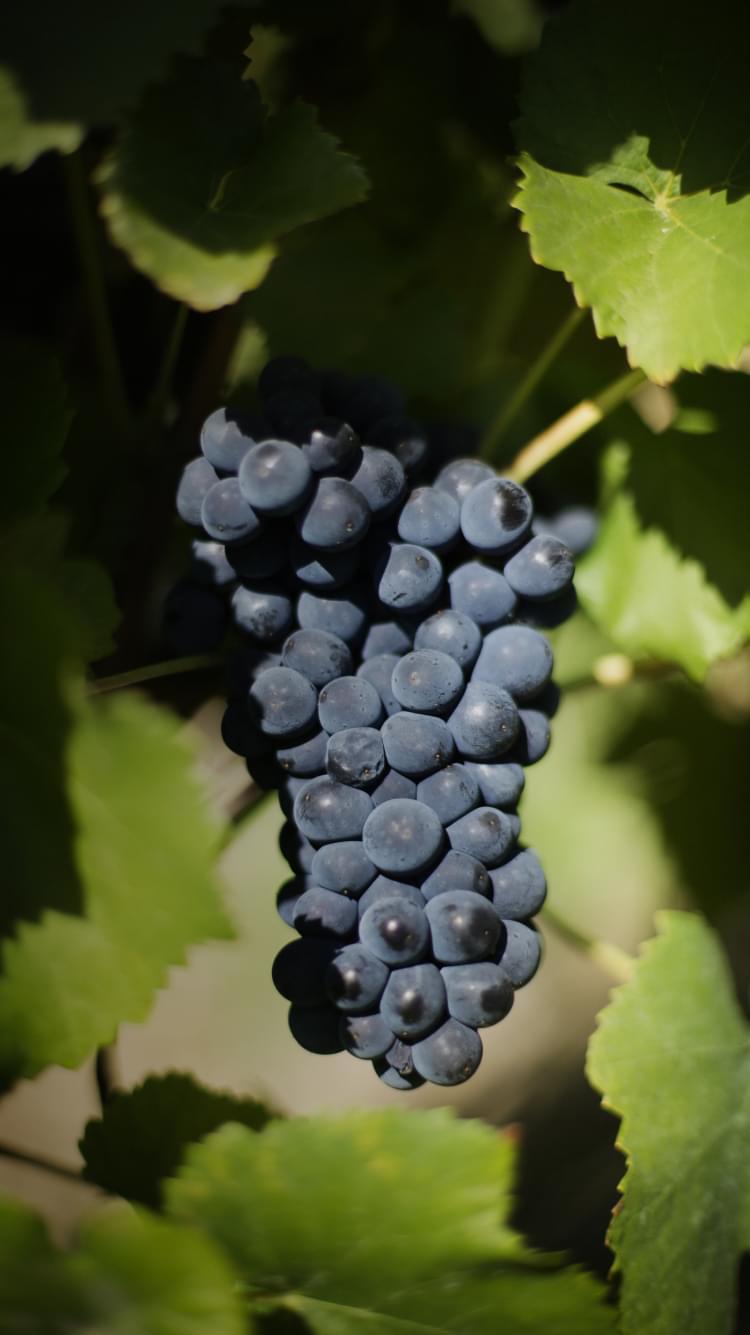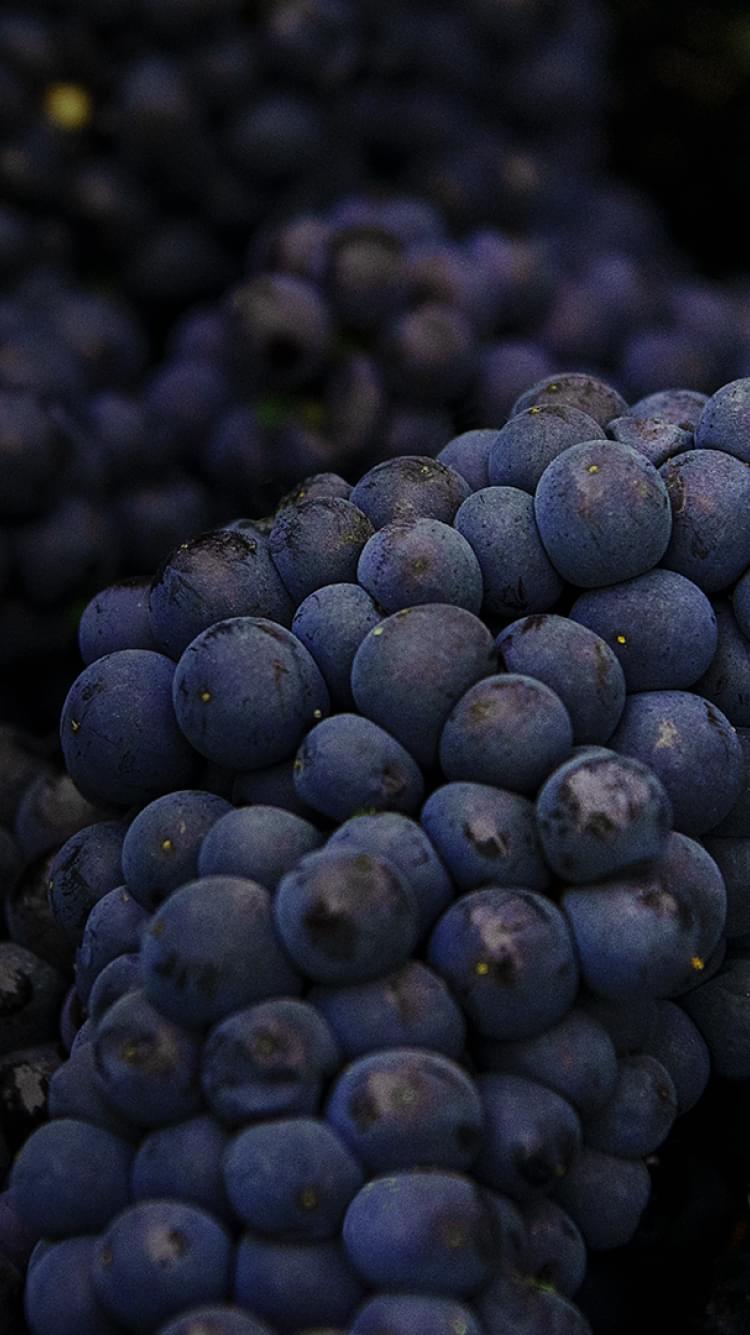This red grape has a hardy, vigorous and versatile personality. Yet alongside its power and aging potential, it has a capricious character and delicate skin. It reveals different flavors depending on its soil and sun exposure.
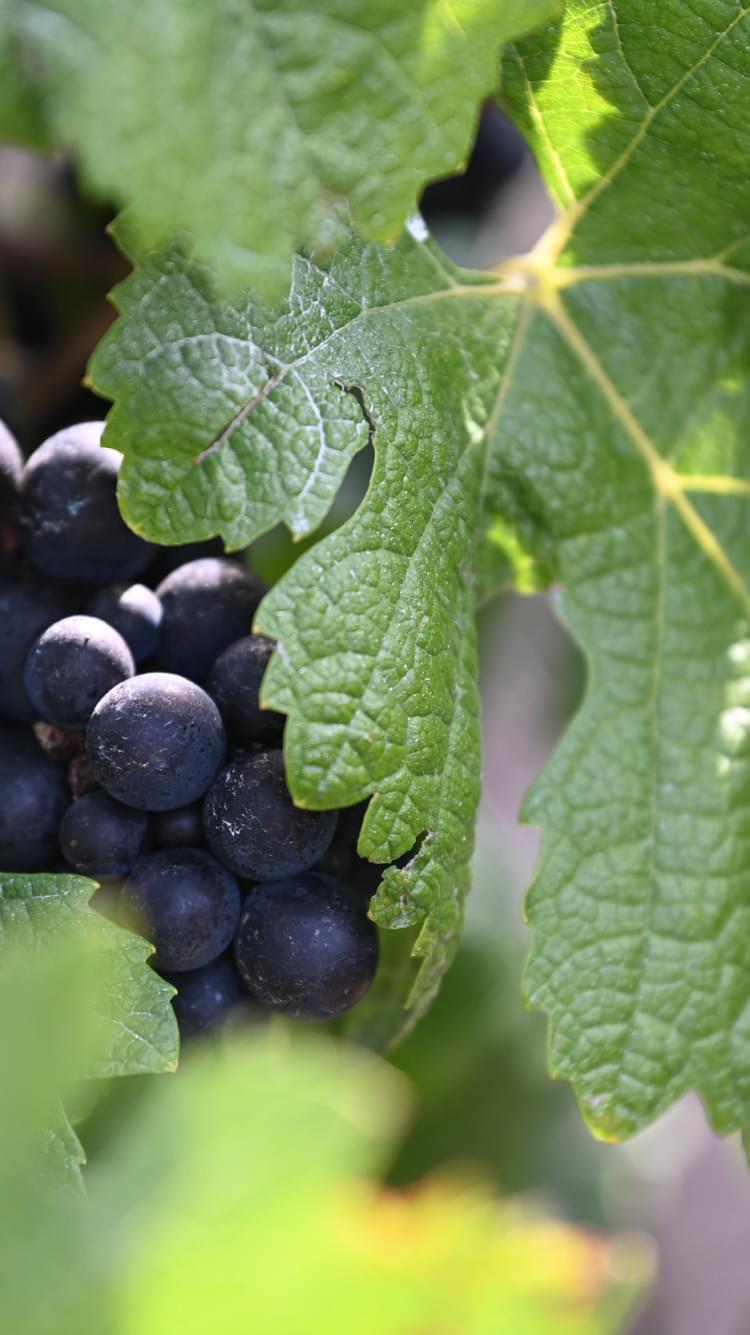

The vineyard
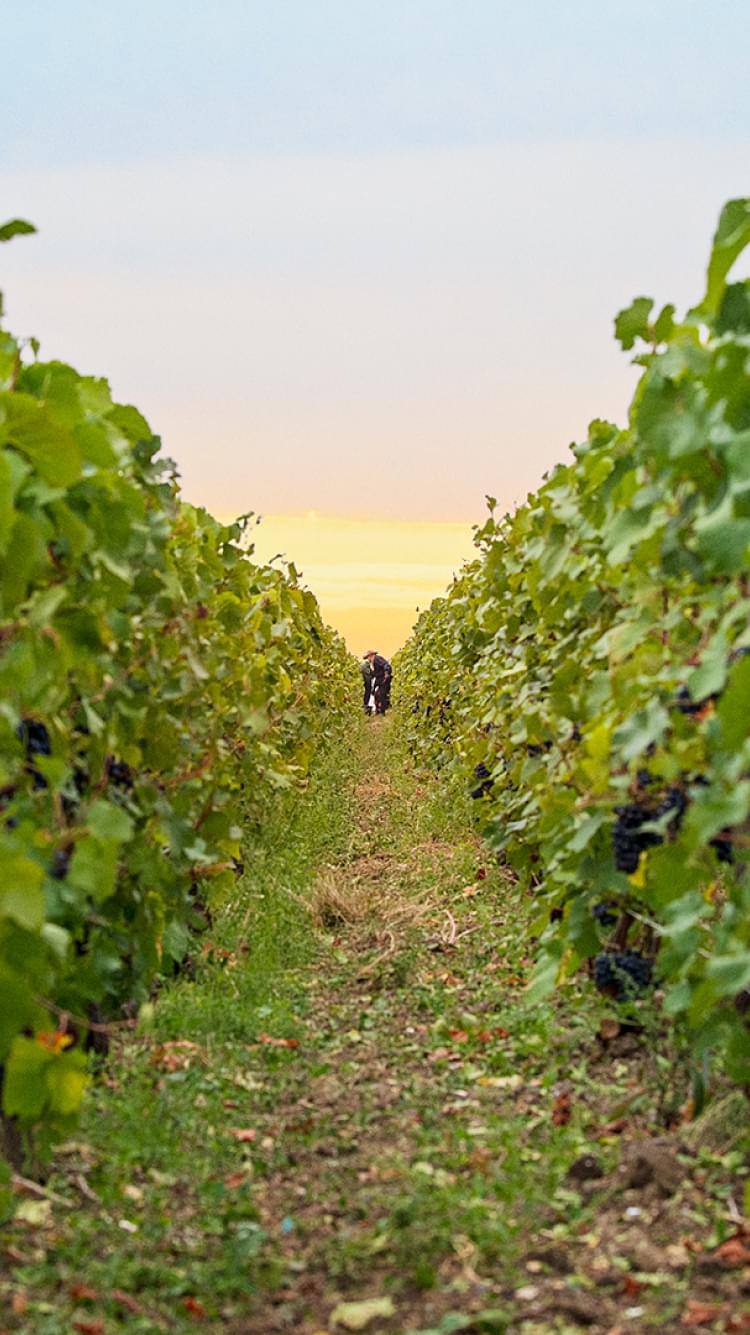
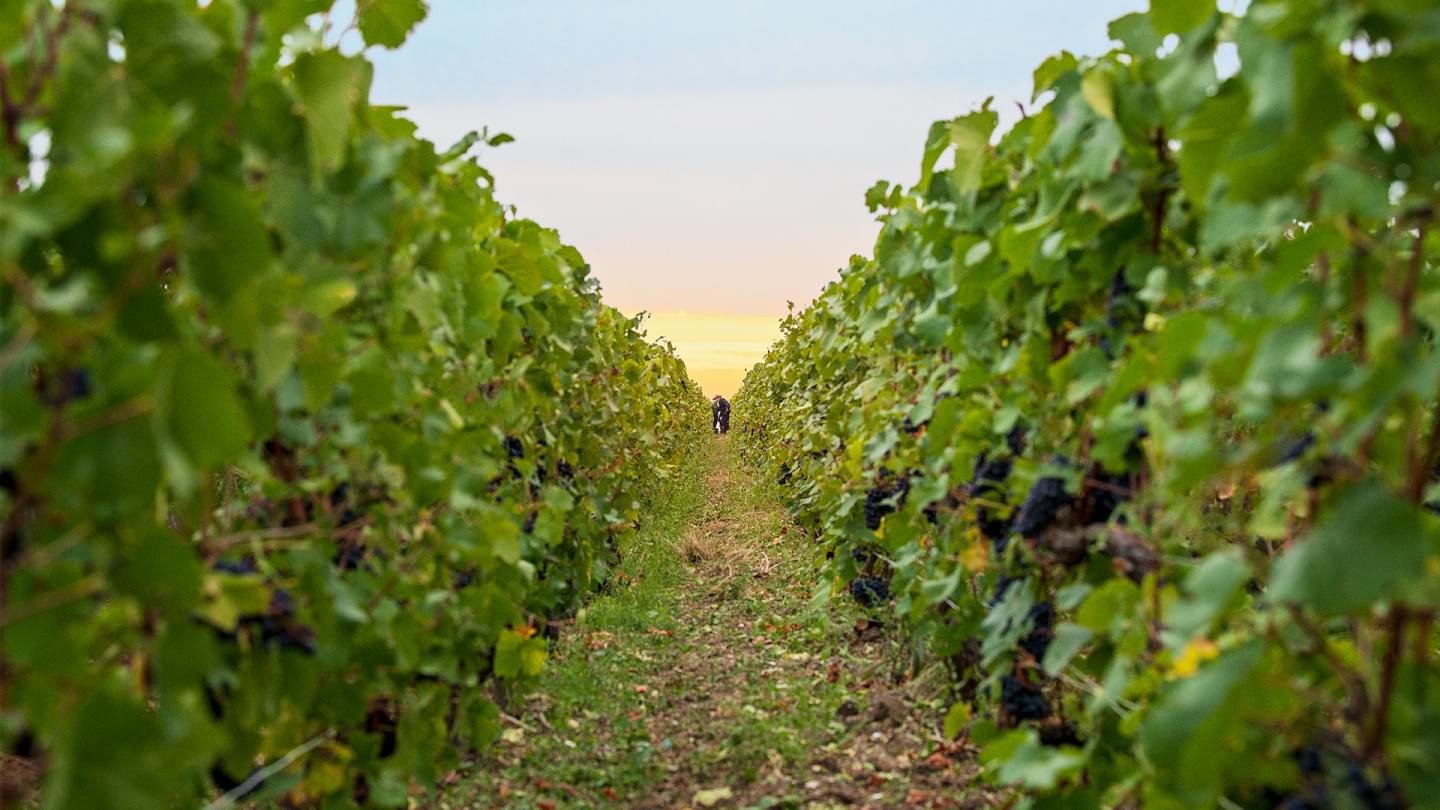
Three grapes
varieties are used in Mumm Champagne.
Pinot
noir
The vibrant soul of the house
Mumm champagne is created from an alliance of three grape varieties: Chardonnay, Meunier, and of course, Pinot Noir. The latter has always been the House’s iconic signature grape variety.
Ever since George Hermann Mumm bought plots of Pinot Noir in the Grand Cru village of Verzenay on the Montagne de Reims in 1840, this singular grape variety has played an iconic role in the making of Mumm champagne.
Today, the Pinot Noir grape prevails on 78% of Maison Mumm’s vineyards
A bold, distinctive grape variety
The chameleon grape variety
Only with the most skillful handling, from the vineyard to the cellar, will Pinot Noir reveal its wonderful vivacity, fine structure, and vibrant freshness.
The all-important harvest time
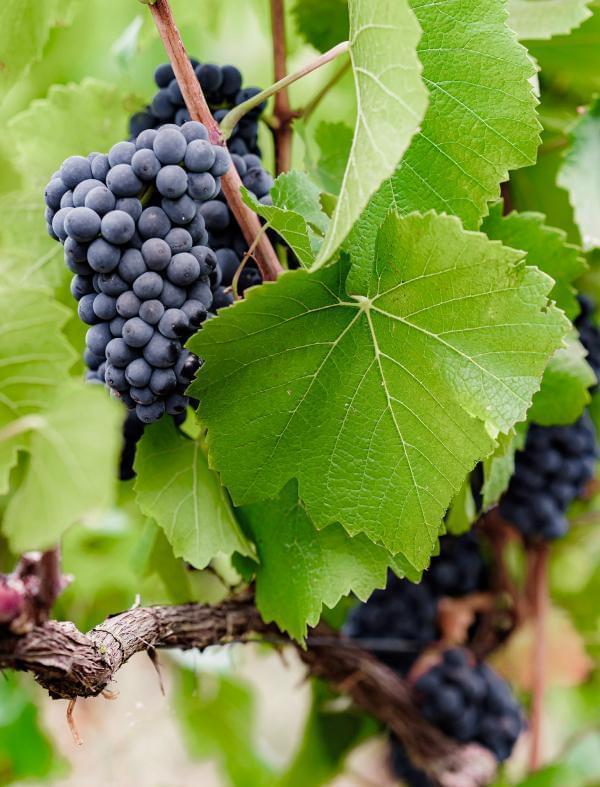
The grapes are usually picked between the end of August and mid-October, around 100 days after the vines have flowered. This is when the grapes are at their ripest.
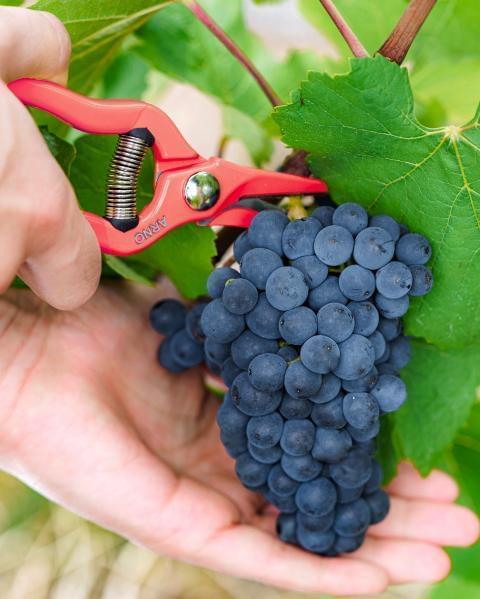
As required by the champagne appellation’s regulations, picking is exclusively done by hand, plot by plot, bunch by bunch. For about three weeks, Mumm employs approximately 1,000 grape pickers.
The goal? To ensure that the harvest is done by the most skilled hands possible.
Picking the grapes correctly calls for a very particular know-how, in order to keep the grapes in perfect condition before they are pressed.
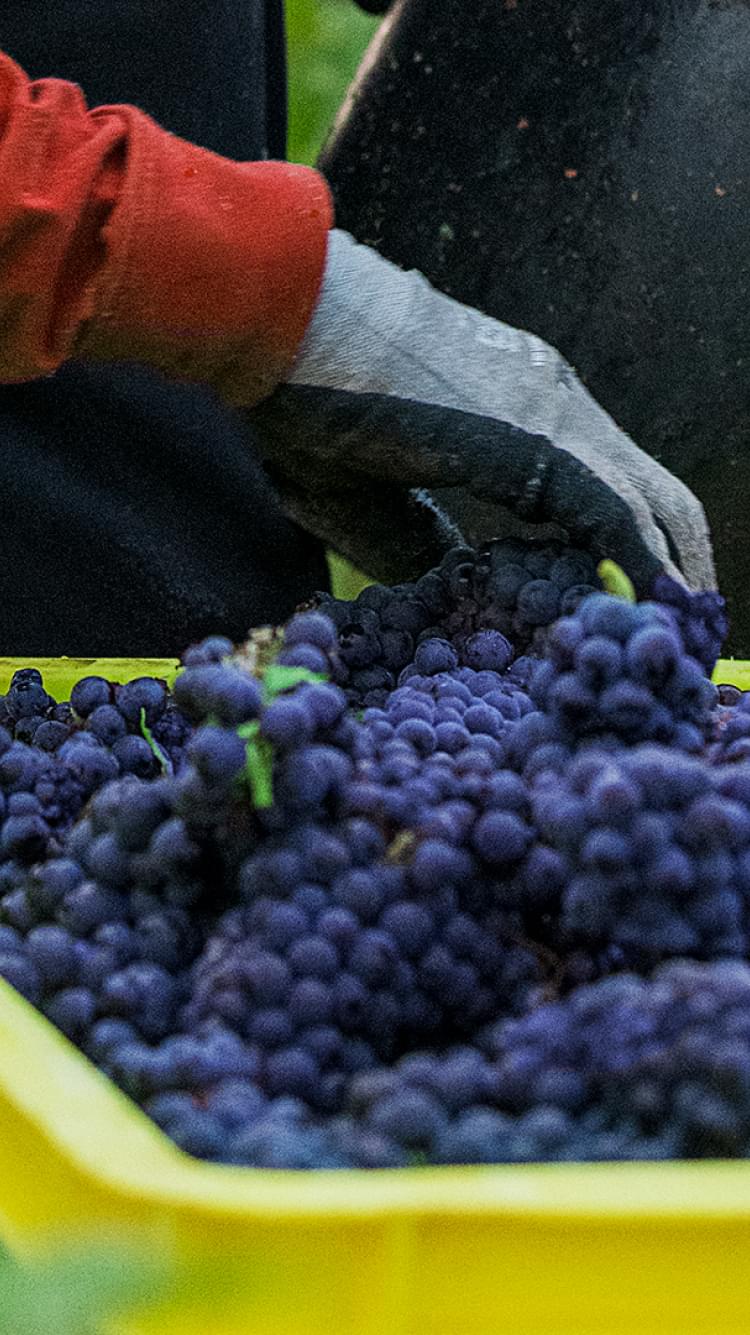
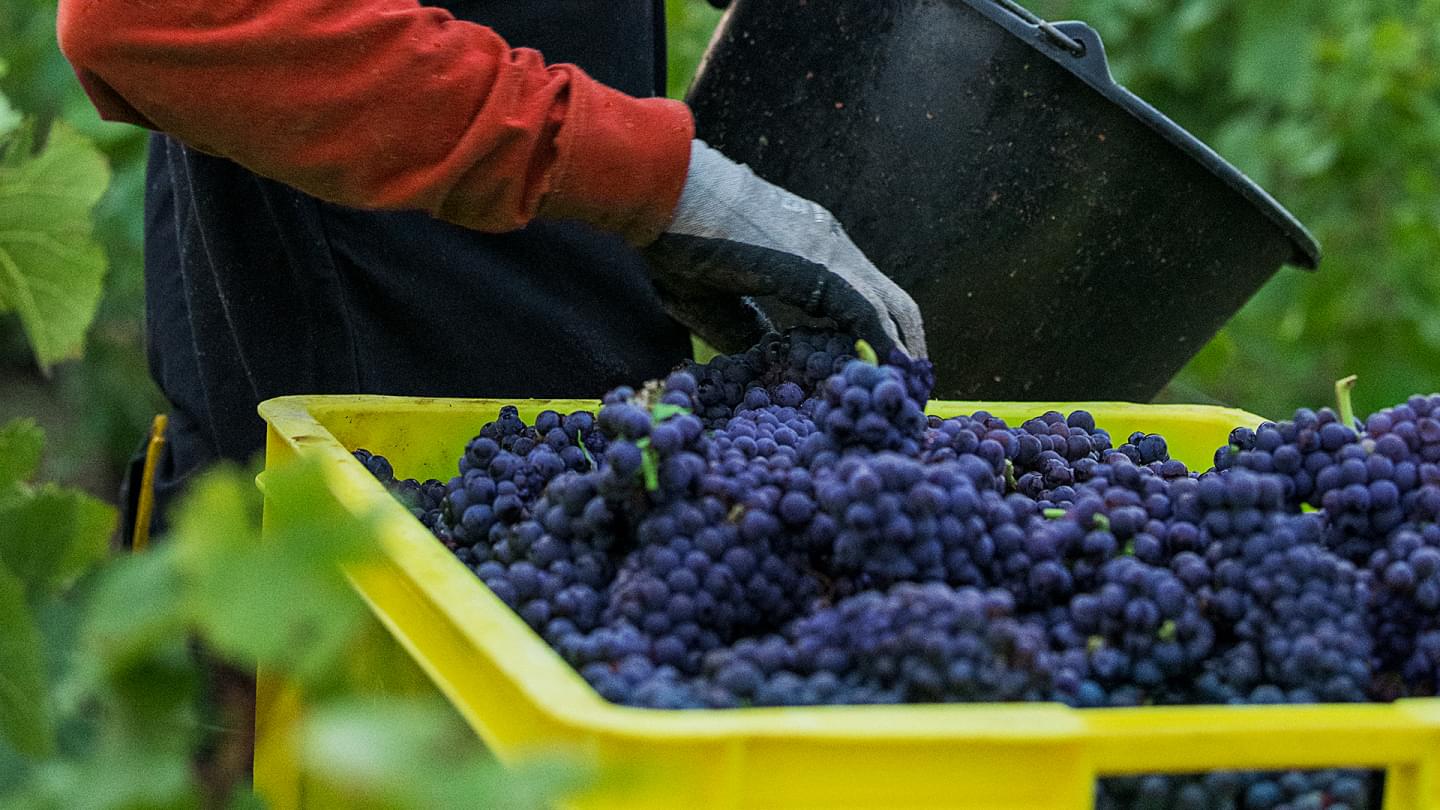
Pressing as close to the vines as possible
The grapes are pressed, with only their juice collected during the process. Care must be taken not to apply too much pressure, as this could result in the grape skins and their pigments coming into contact with the juice and altering the character of the wine.
From the 1840s onwards, Maison Mumm pioneered building press houses in or near the vineyards, to reduce the risk of damaging the grapes on the long journey to the winery. Badly transported grapes could result in a whole year’s work going to waste.
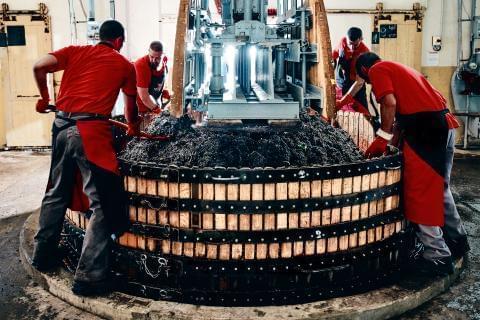
Mumm still has seven traditional presses that date back to the 19th century, located near its vineyards.
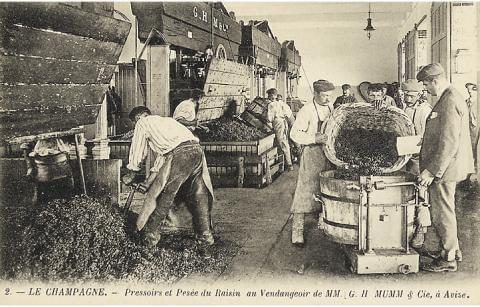
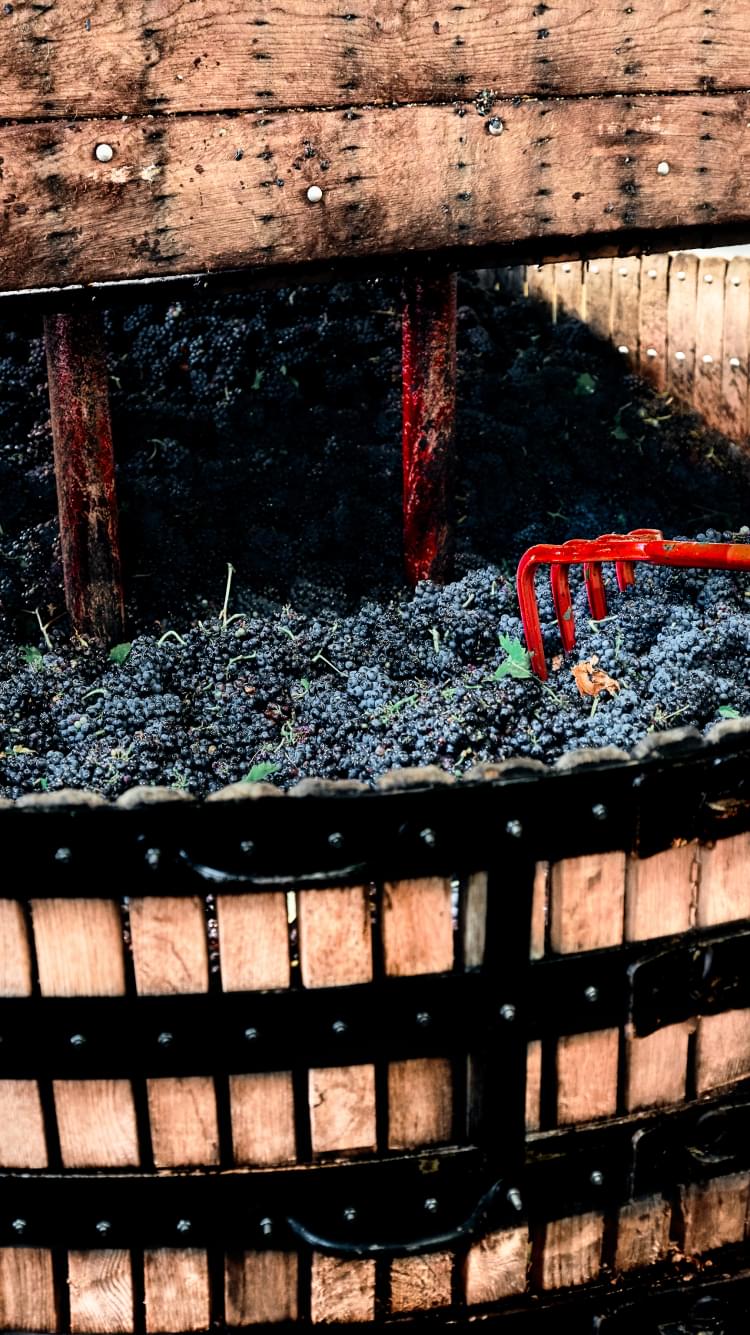
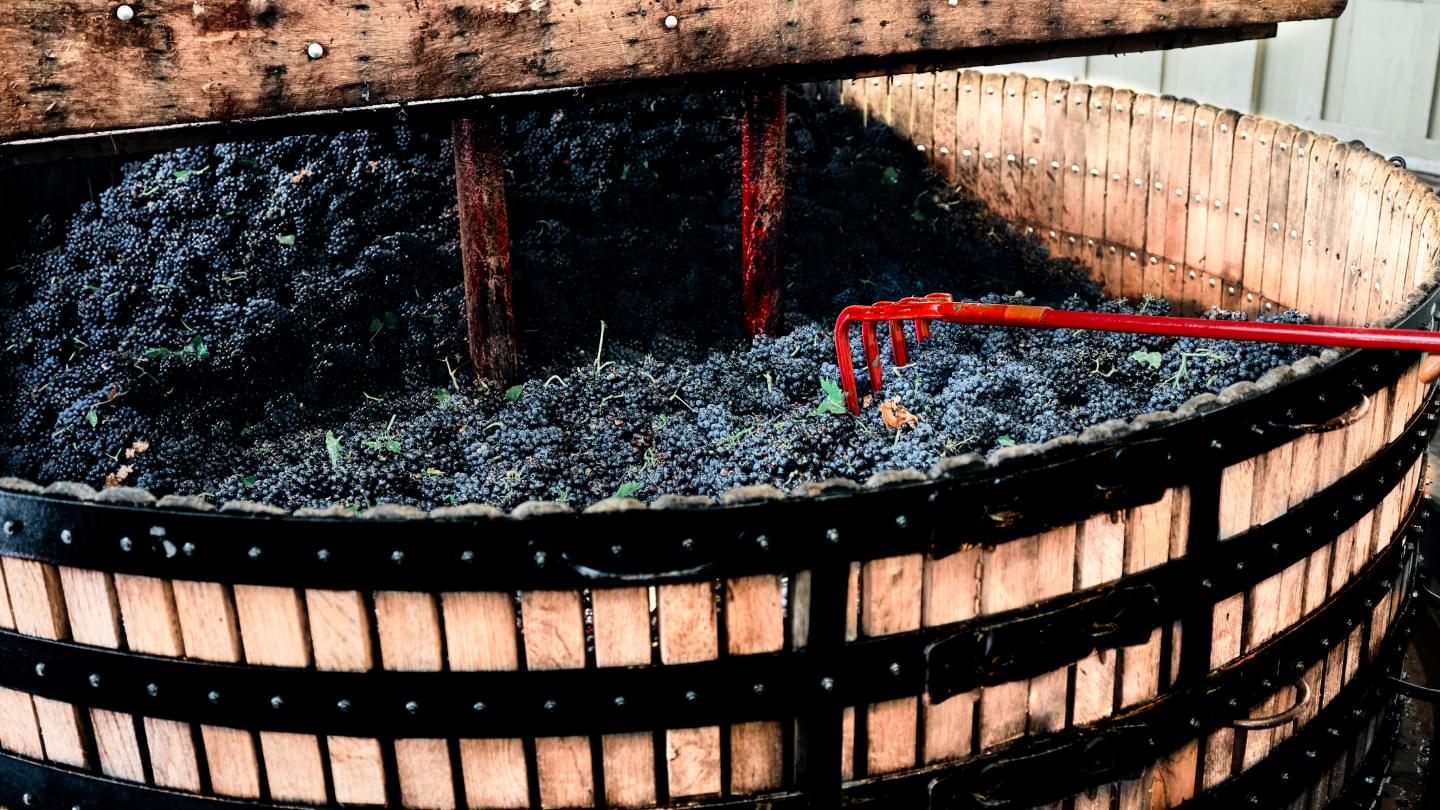
Racking
The last key step before the cellar
After pressing, any soil or organic residues, pips or skins from the grapes are removed from the grape must. This is known as ‘racking’. The grape juice is kept in vats at a temperature of 10-15°C for about 16-18 hours. Any particles fall to the bottom by the action of gravity.
The resulting clear juice, or ‘must’, is then moved to Mumm’s Vat Room in Reims, ready for fermentation.
It’s now time for the grapes to continue the Mumm champagne adventure.
